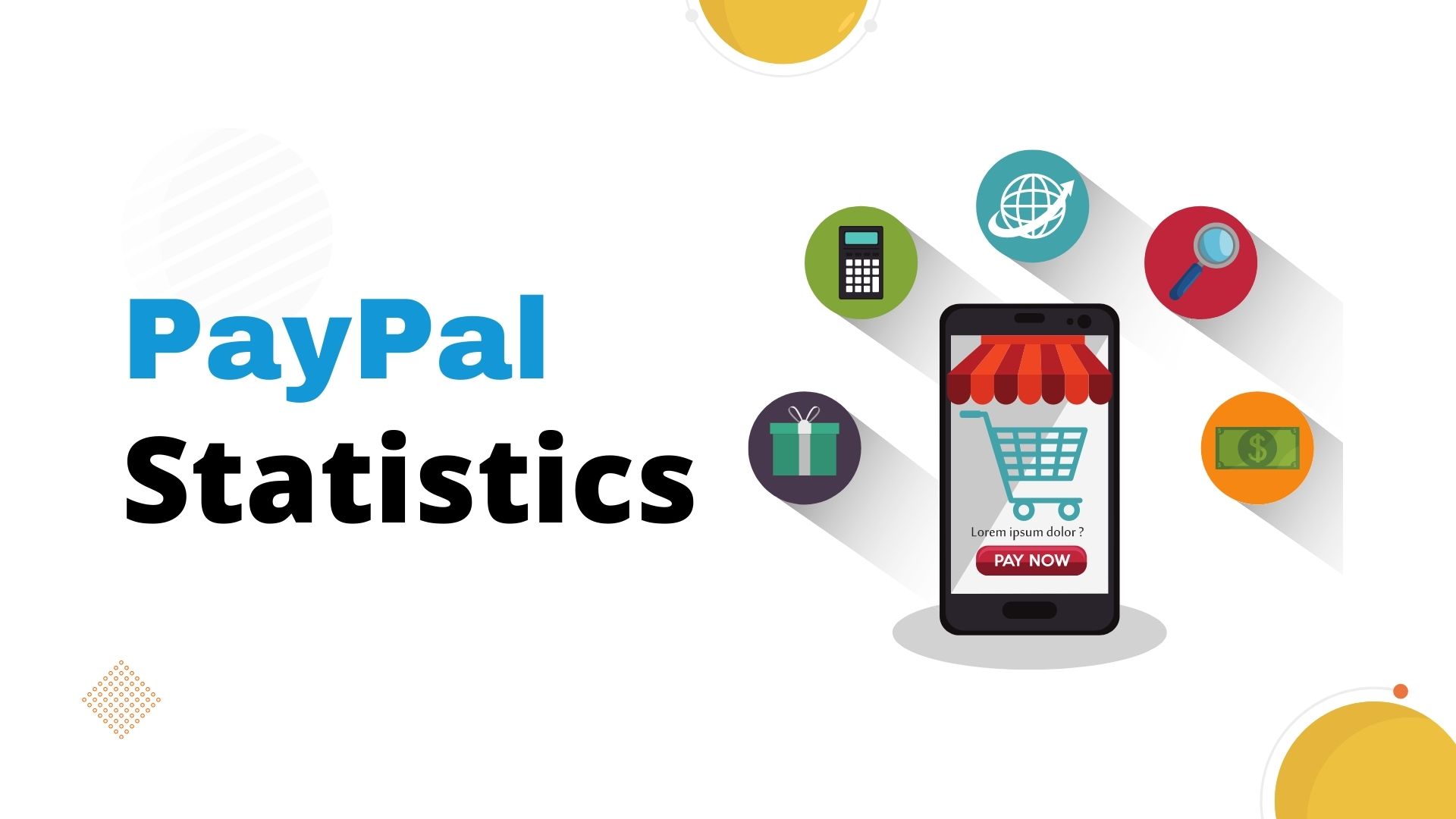How Do You Select The Best Blockchain Network?
The Blockchain is unquestionably one of the most popular and sought-after technologies of the decade when we look at it. Blockchain platforms were initially used for transaction-related activities in the financial industry. In addition, Blockchain platforms are currently more in demand for metaverse development, decentralized application development, and NFT marketplace development. However, via the use of DApps, companies from a wide range of industries have investigated the applications and potential of Blockchain technology, which is a key factor in why it has emerged as the cornerstone of the digital transformation and significant advances in the tech sector.
Along with the Blockchain increased adoption, technological improvements, wider recognition, and more and more companies are looking to participate in the Blockchain market. However, choosing the best Blockchain development network most suitable for your company may be difficult due to the extensive list of available Blockchain solutions.
This article will help you define the critical factors for selecting the most suitable Blockchain network as per your business requirements.
What Factors Should You Consider Before Choosing The Best Blockchain Network For Your Business?
Application Security Demand
The Blockchain can be divided into three distinct solutions:
- Decentralized
- Centralized
- Hybrid
A centralized Blockchain solution gives businesses a single authority to manage the network. Decentralized Blockchain allows firms to create platforms that are independent of third-party governance, and data will be securely shared across the network. In addition, the third solution is hybrid, where the centralized Blockchain solutions act as a bridge between the decentralized networks.
Therefore, if your application needs sensitive information, such as name, addresses, business documents, and other details from the user that are confidential or private, then you should avoid decentralized solutions. The information, in this case, will be accessible to everyone online. However, if your application is designed to encourage transparency, then you can keep the necessary data on a public chain that is simply accessible or a centralized solution. Furthermore, if you don’t need to store your company data permanently, you might consider keeping it off-chain.
Application Scalability
Databases and Blockchain frameworks can store enormous amounts of data from an application. They are, in fact, “distributed “among nodes of varying scalability.
Additionally, in Blockchain technology, latency plays a very important role that denotes how long it takes to search for and route information between nodes. The DLT (Distributed Ledger Technology) is the solution to reduce this.
As the number of participants and transactions increases, the Blockchain platform needs to evolve and adjust to this growth. Suppose your decentralized applications are not transaction-intensive and would work well with certain escrow agreements. In that case, the experts advise limiting the network and vendor decision to quality, price, and ease of use.
However, if your decentralized applications require numerous transactions, you should realistically evaluate network transaction fees and consider the side-chain implications for liability or security.
Permissioned Vs. Private Vs. Public Blockchain Networks
Three types of Blockchain development frameworks exist: permissioned, private, and public.
-
Permissioned Networks: –
The public can generally see these networks, and any user activity is carefully managed. Compared with the public networks, they are extremely fast, have low latency, and restrict large storage capacity.
-
Private Networks: –
These Blockchain networks are not accessible to the general public and are only shared between trusted parties. They are speedy and have no latency. Most private networks don’t use digital assets and have the same security and immutability benefits as decentralized Blockchain networks.
-
Public Networks: –
These are primarily decentralized Blockchain networks that users may easily access and participate in at any level. This includes various things such as minting tokens, trading NFTs, and other activities.
Determine The Type Of Decentralized Project For Your Business
#1. The creation of a whole Blockchain ecosystem starting from scratch
Choosing Blockchain-based solutions for your business depends on whether your company processes rely solely on the Blockchain. In this situation, creating your own decentralized system right from scratch would be best.
#2. Layer-2 Solutions Or Creating A Bridge
This kind of project is well suited for use in circumstances where the Blockchain has already been chosen, and there is a requirement for developing layer-2 solutions like Ethereum Plasma. Please note that your company should run entirely on the Blockchain in this scenario.
The second method is when there is a requirement to create a bridge between two or more decentralized applications or Blockchains. In addition, given the recent popularity of Layer-2 solutions such as Polkadot, garnering is now in high demand. So experts anticipate high demand and increased adoption for these types of Blockchain solutions.
#3. Blockchain technology can be used to strengthen your existing solution
This method of project development approach focuses on NFTs, DeFi, and the integration of payment systems using Blockchain technology into your current systems. For additional clarification, it means that an existing Blockchain is either integrated with the client’s needs, or it requires forking with NFTs or selected digital assets and modified to meet customer requirements.
#4. Architecting Decentralized Applications
It is relevant if all of your business processes rely on the Blockchain or are otherwise linked to it. It is the perfect solution for any DeFi project. Any current decentralized systems, including Uniswap, Opensea, Augur, and Polymarket, are just a few examples of leveraging this approach.
Creating decentralized applications is arguably the most challenging aspect of choosing the best Blockchain network. This is primarily because Blockchain developers must take a variety of aspects into account, as well as smart contract creation solutions that would best suit the business needs.
These are the top-rated and most sought-after Blockchain networks you should consider:
- Ethereum networks
- EOS networks
- Cosmos and Tendermint SDK
- Hyperledger networks
- Solana and Polygon/Matic
- Polkadot Multichain & Parity Substrate
Conclusion
Numerous Blockchain networks are creating a lot of buzz in the tech world. Additionally, the potential of Blockchain technology to address complex issues in an efficient, secure, time-sensitive, and cost-effective manner is the reason for Blockchain technology’s massive growth and enormous appeal.
Ultimately, choosing the best Blockchain platform comes down to figuring out the needs of your business and the requirements for accessibility, security, transparency, and scalability.
ABOUT AUTHOR
Over 4 years’ experience in the research industry. Experience with research and consulting projects, catering to domains such as ICT, Health & Pharma, and packaging. Managed projects on both B2B as well as B2C perspectives, which includes consumer preference analysis, interviews with key executives, etc








